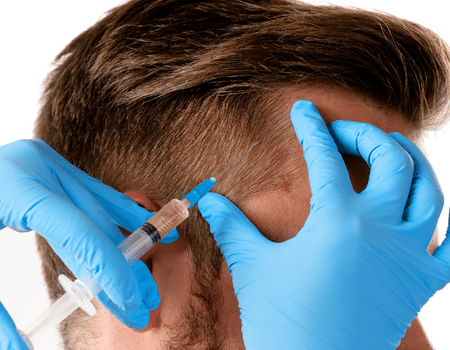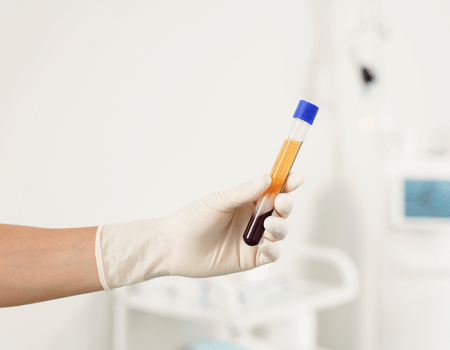In various Best PRP hair treatment in Qatar, a single term can hold different meanings. While physicists define plasma as the fourth state of matter (solid, liquid, gas, plasma), in the realm of health sciences, it denotes the fluid component of blood.

Imagine slicing your finger while maneuvering through a tough loaf of Kevlar-coated artisan bread. The fluid you observe seeping onto the kitchen towel is predominantly plasma, constituting 55% of the exudate. The remainder comprises mostly red blood cells responsible for oxygen transport, a small fraction of white blood cells crucial for immune defense, and platelets.
In instances of vascular injury and subsequent bleeding, platelets play a pivotal role by swiftly adhering to the injury site, forming a temporary seal on the arterial breach. Alongside their initial response, platelets release a cascade of growth factors that stimulate tissue repair and regeneration in the afflicted region.
The notion of harnessing the regenerative potential of platelets birthed the concept of injecting them into injured tissues to expedite recovery. These platelet injections, commonly known as platelet-rich plasma (PRP) injections, have found extensive application across various medical domains. Predominantly utilized in orthopedics and sports medicine, PRP injections are administered to address musculoskeletal injuries, notably those affecting the knee, shoulder, ankle, foot, and elbow. Additionally, PRP is employed to aid in the rehabilitation of cartilaginous structures, crucial for preventing osteoarthritis.
Initially introduced as a treatment modality for elite athletes, PRP injections have now permeated mainstream medical practice, catering not only to sports-related injuries but also to the general populace seeking relief from musculoskeletal ailments. Often marketed under the guise of regenerative medicine, clinics offering PRP treatments tend to employ euphemistic descriptors, avoiding explicit references to injections or PRP itself.
The reluctance to openly discuss PRP treatment protocols might stem from concerns regarding patient discomfort or apprehensions surrounding the financial aspect. PRP procedures typically entail out-of-pocket expenses, as insurance coverage is limited, with costs ranging from $300 to $2,500, contingent upon the provider and the number of sessions required.
So, what precisely constitutes a PRP injection? Whole blood is extracted from the patient’s vein and processed using specialized equipment, such as the Plasmaticizer 8000, to separate the plasma enriched with platelets from red and white blood cells. This concentrated PRP is then administered back into the patient during the same clinic visit, following a brief period of preparation.
The efficacy of PRP treatment remains a subject of debate, with anecdotal evidence often juxtaposed against scientific scrutiny. While testimonials tout its benefits, scientific discourse adopts a more measured stance, acknowledging the potential of PRP to expedite the healing process without unequivocally endorsing its universal efficacy.
Current research suggests that PRP exhibits efficacy in managing low to moderate grade knee osteoarthritis and specific chronic tendon injuries. However, further investigations are warranted to delineate its efficacy in addressing other medical conditions comprehensively.
Despite recent clinical trials casting doubts on PRP’s therapeutic efficacy, the prevailing sentiment among orthopedists leans towards its pragmatic application in managing knee pain. Nonetheless, the heterogeneous nature of PRP preparations poses a significant challenge to researchers, necessitating standardized protocols for comprehensive evaluation.
Looking ahead, the future of PRP hinges on robust scientific inquiry aimed at elucidating its therapeutic potential across diverse medical domains. While PRP represents a promising avenue in the realm of regenerative medicine, its widespread adoption necessitates rigorous scrutiny and evidence-based validation.

Revered as the leading hair clinic in Qatar we assure effective results against a reasonable hair transplant cost.